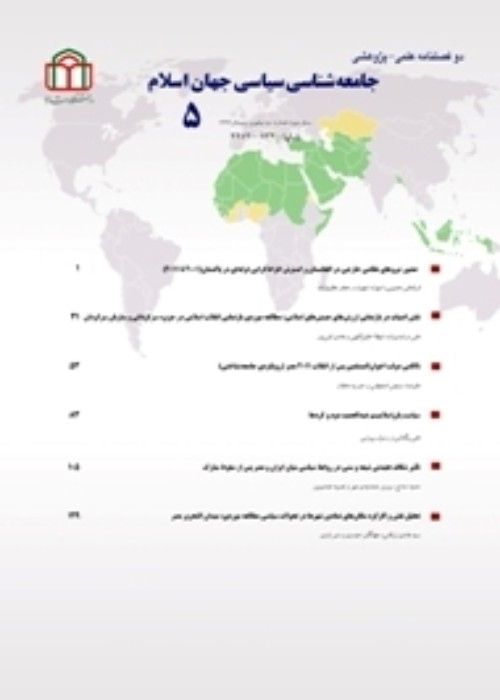The reaction of the student movement of the 1340s to the political identity styles
After the coup d'état of 1332, and the closure of the political space and the limitation of the activities of the student movement in Iran, relative freedom of the early 1340s provided an opportunity to rebuild and re-engage in the student movement in Iran. At this time, the student movement was moving toward radicalization due to the political repression of the 1330s, the frustration of the methods of reforming and ruling the guerrilla struggles in some Third World countries. Some political parties and political groups such as the National Front, the Tudeh Party, traditional clerics and religious intellectuals have tried to define legitimate, planned and resistance identities and encourage students to accept the effectiveness of reform efforts. The issue that the students in response to legitimate, planned and resistance identities of the National Front, the Tudeh Party, traditional clerics and religious intellectuals reacted to in the 1940s is what the paper is seeking to investigate. The authors of this article, using the Castells' theoretical framework, found that the non-conformance of legitimate, planned, and resilient identities with the expectations of students caused rejection or presentation of different interpretations by them. The method used in the comparative text is.
-
Eine Neubewertung der islamischen feministischen Bewegung und des Prinzips der Toleranz: Eine Fallstudie zur ägyptischen Gesellschaft
Zahra Izadbin *,
Spektrum Iran, Autumn-Winter 2024 -
Manifestations of Populism in Contemporary Iran (Investing the performance of the Tudeh Party and Mossadegh's Political Method in the 50s)
mehdi akhavankhodashahri*, Babak naderpour, seyyed Abdolamir Nabavi
Journal of Political Studies,



